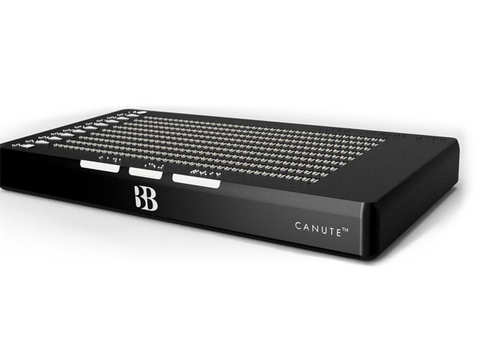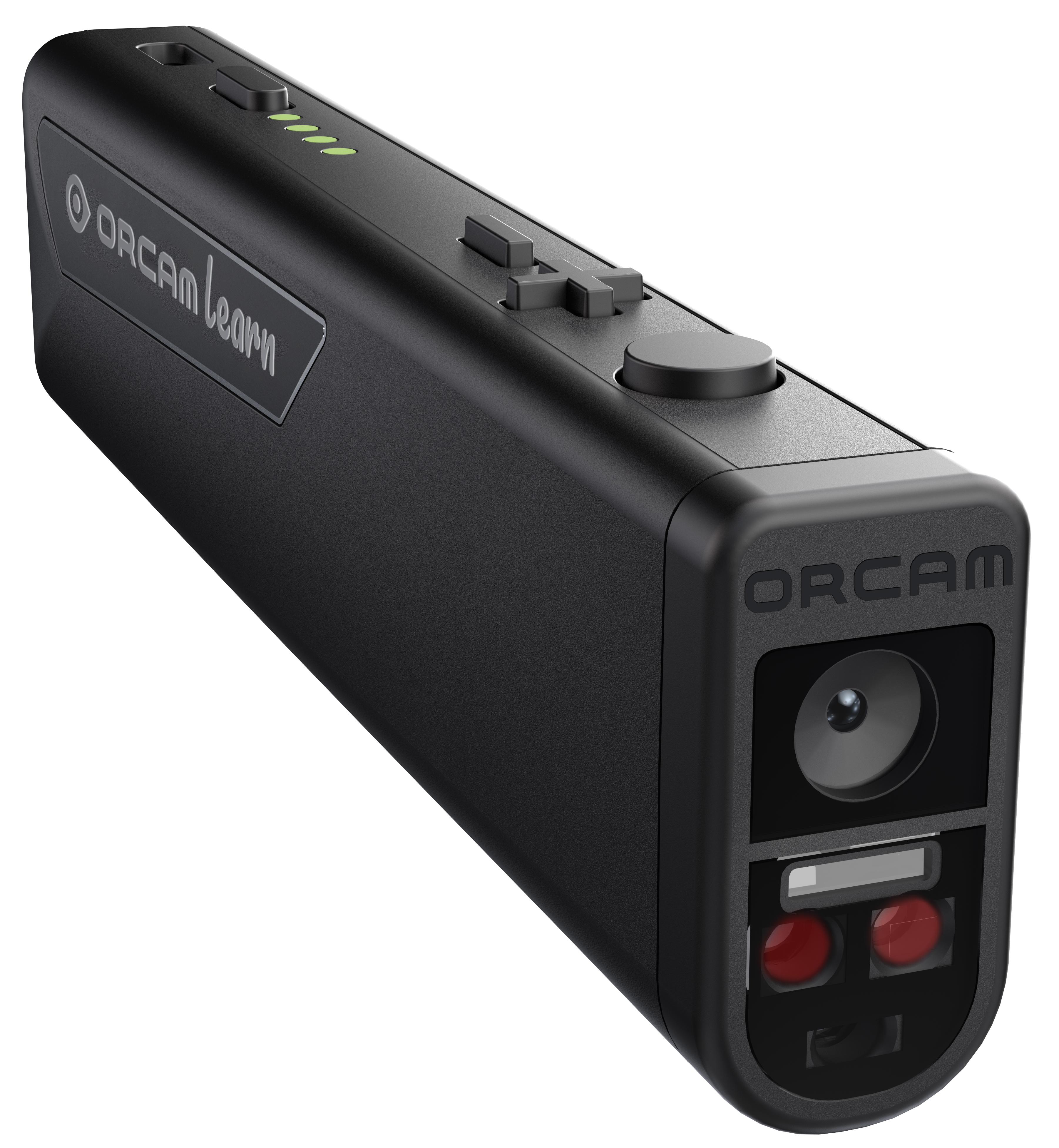Braille Displays and Notetakers: Key Tools for Learning and Work
Braille Displays and Notetakers: Key Tools for Learning and Work
Blog Article
Discover Ingenious Devices Created for the Visually Impaired
The development of ingenious devices for the visually damaged stands for a significant improvement in ease of access and self-reliance. Technologies such as smart glasses with AI capacities and mobile applications developed to provide acoustic descriptions are reshaping daily experiences for users. In addition, wearable devices that utilize haptic comments improve environmental recognition, while modern Braille developments supply brand-new means to engage with text. As these devices continue to advance, their influence on the lives of those with aesthetic disabilities increases vital concerns about the future of inclusivity and autonomy in different elements of life. What exists ahead in this technological landscape?
Smart Glasses for Navigating

Smart glasses made for navigating are reinventing the means aesthetically damaged individuals interact with their environment. These advanced gadgets use a mix of video camera technology, expert system, and acoustic feedback to offer real-time information concerning environments. By using challenge discovery systems, wise glasses can signal users to prospective threats, enabling safer movement in both unknown and acquainted setups.
The integration of GPS modern technology further improves navigation capacities, permitting users to get auditory directions as they relocate. This hands-free strategy not just promotes freedom however also encourages aesthetically damaged individuals to browse urban landscapes with increased confidence. In addition, many smart glasses are equipped with functions that determine landmarks and street signs, offering contextual information that improves the user experience.
Moreover, the advancement of these gadgets is continuously advancing, with companies functioning to improve the precision of object recognition and increase the variety of navigational functions. As smart glasses come to be a lot more cost effective and obtainable, they hold the potential to dramatically transform every day life for visually impaired individuals. Inevitably, these innovative devices represent a vital step toward inclusivity, offering enhanced flexibility and a greater feeling of freedom for individuals navigating the world around them.

Mobile Apps for Daily Living
How can mobile applications boost the day-to-day lives of aesthetically impaired individuals? Mobile applications are revolutionizing the method visually impaired users navigate their settings, take care of everyday jobs, and accessibility info. These applications supply crucial assistance through various performances, fostering independence and enhancing lifestyle.
A number of innovative mobile apps are designed particularly for day-to-day living. Apps like Be My Eyes link visually impaired users with sighted volunteers via video telephone calls, enabling them to get real-time help with jobs such as reviewing tags or navigating strange areas. Seeing AI, established by Microsoft, uses synthetic intelligence to describe surroundings, read text, and identify objects, effectively transforming a smartphone right into a powerful device for everyday aid.
Furthermore, navigating applications tailored for the visually impaired, such as Aira and BlindSquare, use audio-based directions and environmental details, allowing individuals to traverse their surroundings securely and confidently. Past navigating and instant assistance, mobile apps likewise support company and job administration, with features that help individuals set pointers, create to-do listings, and track consultations. In summary, mobile applications serve as important resources, empowering aesthetically impaired individuals to lead even more independent and fulfilling lives.
Wearable Technologies for Help
Empowerment with technology is increasingly apparent in the realm of wearable tools created to assist visually damaged individuals. These innovative devices incorporate seamlessly right into everyday life, boosting navigating and giving crucial feedback to customers. For example, wise glasses equipped with cams can recognize faces and check out text aloud, allowing users to interact even more with confidence in social and professional settings.
Another noteworthy development is the use of haptic feedback systems in wearable gadgets. These systems make use of resonances or various other tactile signals to communicate details regarding the customer's setting, such as challenges or changes in terrain, improving movement and safety. Wearable innovations likewise include wristbands that attach to smartphones, signaling users to notifications through refined vibrations, hence boosting connection without dependence on visual signs.
As these innovations remain to progress, they are not only enhancing independence for visually damaged people however also fostering a higher sense of addition in culture. By linking the void in between difficulties encountered in day-to-day living and the potential for freedom, wearable innovations act as essential tools in the pursuit for equal rights and empowerment for those with visual impairments.
Sound Description Devices
Audio description devices play an essential function in improving accessibility for aesthetically damaged individuals, supplying them with the capacity to involve with visual media. Voice-activated assistive devices. These devices use narrated summaries of crucial aesthetic aspects in films, tv shows, and live efficiencies, making certain that users can fully comprehend the context and feelings communicated through visuals
Sound description can be incorporated right into different systems, consisting of streaming services, cinema testings, and live theater. Many popular streaming solutions now consist of audio description as an availability feature, permitting customers to select it easily. In addition to mainstream media, specialized applications additionally exist, providing audio descriptions for art events, museums, and various other social occasions.
The performance of audio description rests on the ability of the storytellers, that should share visual information succinctly without diminishing the original sound. Developments in this area are also paving the means for even more tailored experiences, where individuals can readjust the degree of information and pacing according to their choices.
Braille Innovations and Instruments
Braille innovations and devices have dramatically transformed the means aesthetically damaged individuals interact with text and info. Modern developments have actually led to the advancement of flexible tools that improve proficiency and self-reliance amongst users.
Furthermore, mobile Braille notetakers combine standard Braille input with modern-day functionalities, promoting note-taking, scheduling, and document modifying on the move. Voice-activated assistive devices. These small gadgets frequently feature text-to-speech capabilities, linking the void between Braille and auditory details
Furthermore, cutting-edge Braille printers have emerged, allowing users to create Homepage Braille labels, files, and academic products effectively. This accessibility cultivates better engagement in expert and academic atmospheres, ultimately advertising inclusivity.
Moreover, study into wise Braille modern technologies remains to increase. Instruments that incorporate expert system are being explored to offer real-time navigating support and contextual information, boosting the customer experience he has a good point in diverse setups. Overall, these advancements mirror a dedication to encouraging aesthetically damaged people via innovation, guaranteeing they can quickly access and engage with the world around them.

Verdict
The innovation of innovative tools for the visually impaired considerably boosts freedom and top quality of life. These innovations not just foster better incorporation but also promote autonomy in everyday tasks, eventually contributing to an extra easily accessible and fair society for visually damaged individuals.
As clever glasses become more budget friendly and available, they hold the potential to considerably transform everyday life for visually damaged customers. Mobile apps are revolutionizing the method aesthetically damaged individuals navigate their environments, manage day-to-day tasks, and accessibility details. Applications like Be My Eyes attach aesthetically damaged individuals with sighted volunteers through video clip phone calls, enabling them to receive real-time support with tasks such as checking out tags or browsing strange areas.Additionally, navigating apps tailored for the aesthetically damaged, such as Aira and BlindSquare, provide audio-based directions and ecological details, making it possible for individuals to traverse their environments this article securely and confidently.The innovation of cutting-edge tools for the visually damaged considerably enhances freedom and quality of life.
Report this page